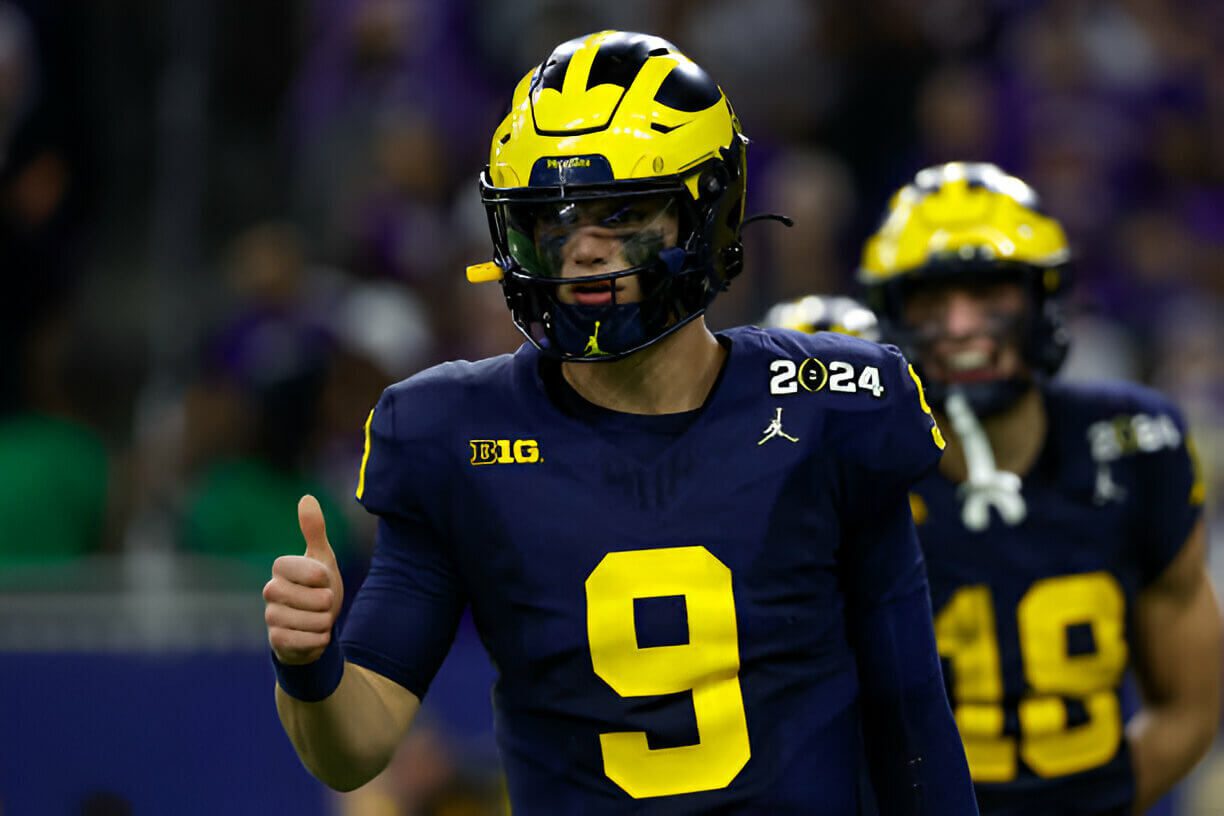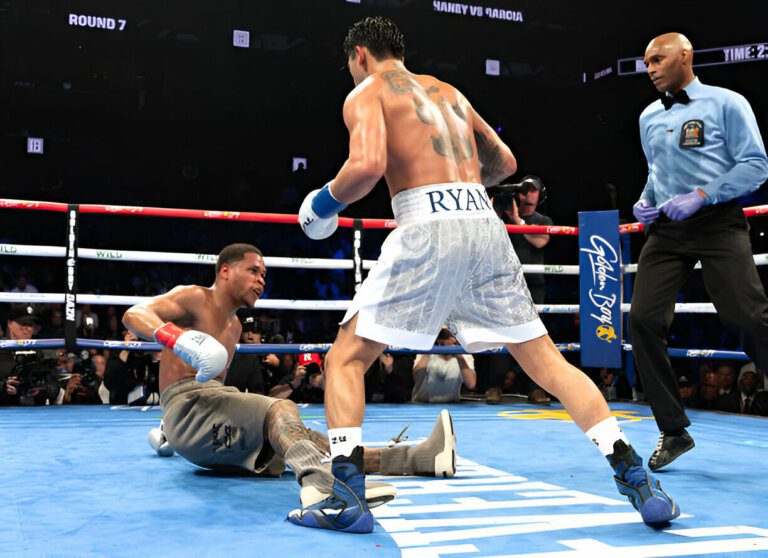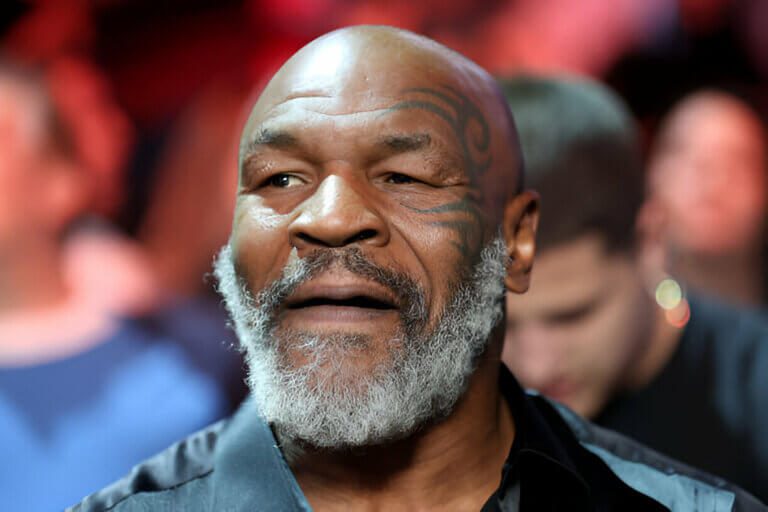The NCAA settlement signifies a milestone in the world of college athletics, ushering in a new era where athletes can capitalize on their image and likeness. As the dust settles on this groundbreaking development, the question arises: what lies ahead for the landscape of collegiate sports? With the potential for significant shifts in regulations and player endorsements, the future of college athletes hangs in the balance. It is a pivotal moment that demands careful consideration and strategic planning to navigate the uncharted waters that lay before them.
Key Takaways
- College athletes are now permitted to profit from their name, image, and likeness.
- Endorsement and sponsorship opportunities are opening up for student-athletes.
- Challenges are being faced in implementing and monitoring the new regulations.
- Uncertainties persist regarding player compensation rules and potential Title IX implications.
- Athletes and institutions are navigating the changing landscape of collegiate sports.
Settlement Implications and Athlete Empowerment
The NCAA settlement marks a groundbreaking shift towards empowering college athletes to profit from their name, image, and likeness, revolutionizing the landscape of collegiate sports. This new era allows athletes to capitalize on their popularity through endorsements and sponsorships, providing opportunities to secure their financial futures. By enabling direct compensation for players, the settlement not only addresses longstanding issues of fairness and equity but also challenges the traditional notion of amateurism in college athletics. This development signals a significant departure from the previous restrictions on athlete compensation, paving the way for a more equitable playing field where athletes can leverage their personal brands for financial gain. The implications are far-reaching, sparking debates on the evolving relationship between collegiate sports, amateurism, and professional opportunities.
Challenges and Uncertainties in College Sports
Facing a landscape of evolving regulations and uncertainties, college sports administrators and athletes navigate a complex terrain of challenges and ambiguities. With the recent NCAA settlement opening the doors for student-athletes to profit from their name, image, and likeness (NIL), questions arise about the practical implementation and monitoring of these changes. Uncertainty looms over the specific rules for player compensation, potential Title IX implications, and the enforcement of new regulations. Ambiguities persist regarding how NIL deals will be regulated, posing challenges to maintaining stability in college sports. As athletes and institutions tread this uncharted territory, the need for clear guidelines and effective governance becomes paramount to establish a fair and sustainable future for collegiate athletics.
Recruiting and Coaching Landscape Changes
Exploring the changing landscape of college sports recruitment and coaching brings about significant challenges and adaptations for both athletes and coaching staff. With the recent NCAA settlement allowing players to profit from their name, image, and likeness (NIL), recruiting rules and roster sizes face uncertainty. Coaches struggle with the lack of clarity on scholarships and resources, making it difficult to plan official visits for potential recruits. Adapting to the evolving recruitment landscape poses challenges for coaching staff, who must navigate the ambiguity surrounding NIL deals. The inability to provide concrete details about the program to recruits adds another layer of complexity. As the recruiting and coaching landscape undergoes transformation, both athletes and coaching staff must adjust to the new realities of college sports.
Legal and Policy Shifts in College Athletics
Legal and policy shifts in college athletics are reshaping the landscape of amateurism and professionalism, sparking debates and requiring institutions to adapt to new regulations and guidelines. The recent NCAA settlement allowing players to profit from their name, image, and likeness marks a significant evolution in athlete compensation. This change not only empowers athletes to control their financial futures but also raises questions about the future of amateurism in collegiate sports. It sets a precedent for other sports organizations to reconsider how athletes are compensated, sparking debates on the balance between amateurism and professionalism in college sports. Institutions must now navigate these new regulations, addressing challenges such as Title IX implications, monitoring NIL deals, and enforcing rules while maintaining the stability of college sports.
Future Considerations for College Athletes
As the NCAA settlement reshapes the landscape of college athletics by allowing players to profit from their name, image, and likeness, the future considerations for college athletes are poised to transform the way student-athletes navigate their careers. With the newfound ability to monetize their personal brands, athletes will need to understand the business aspects of endorsement deals and sponsorships. They may also face decisions about managing their finances and maximizing their earning potential while balancing academic and athletic responsibilities. Additionally, colleges and universities will need to adapt their policies and support systems to help athletes navigate these opportunities successfully. The shift towards athlete compensation marks a new era in college sports, raising questions about the future of amateurism and the overall dynamics of collegiate athletics.







